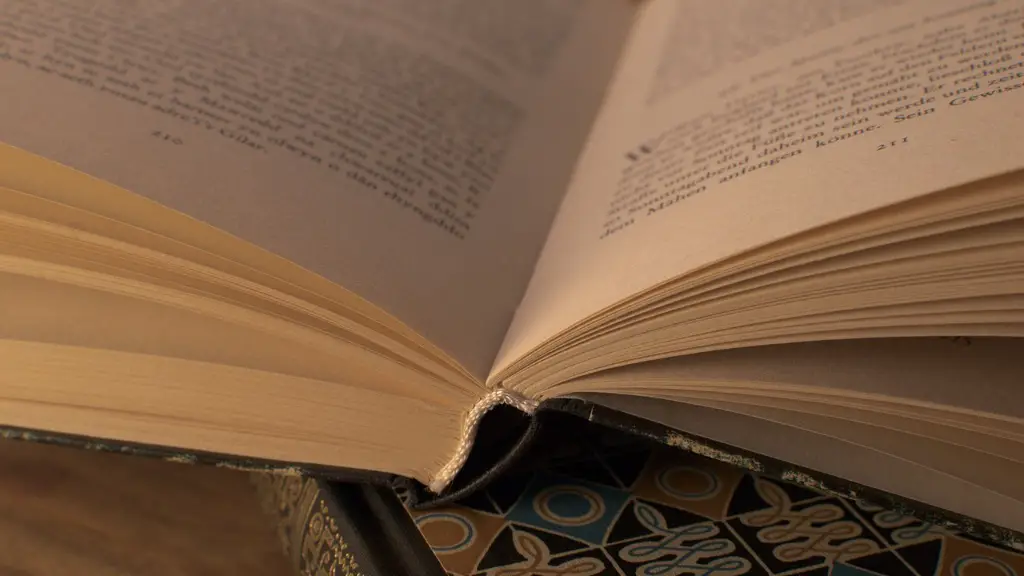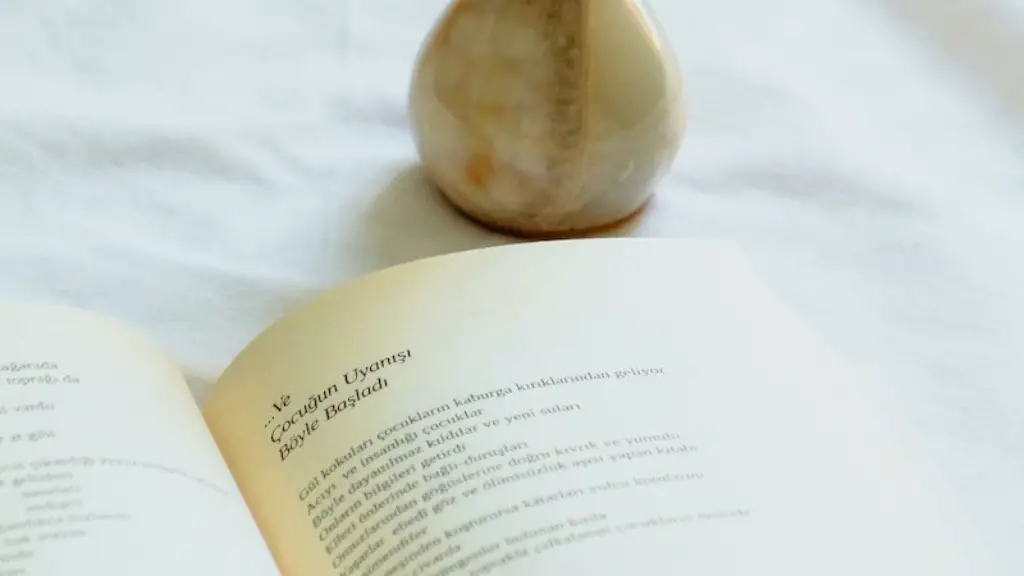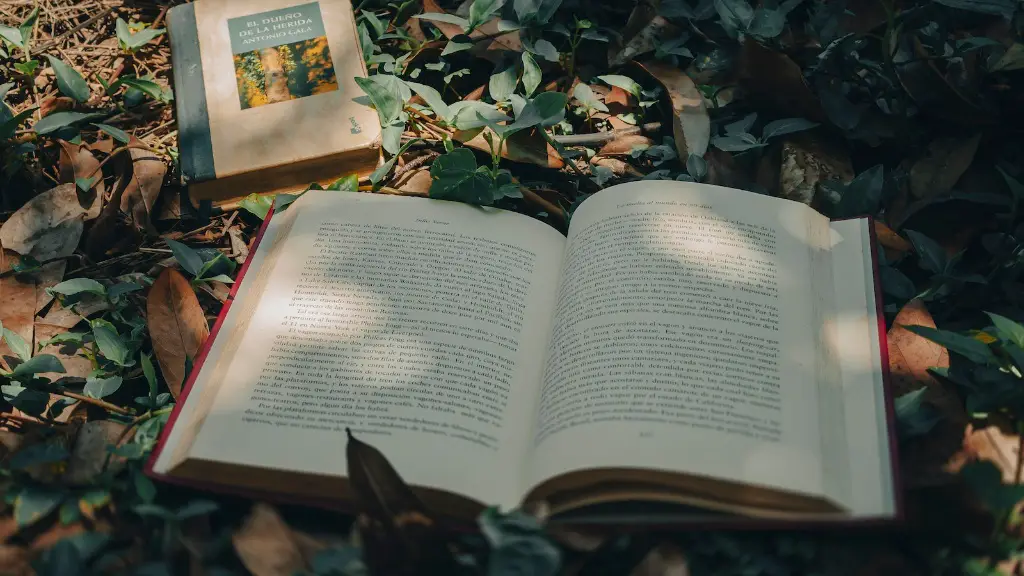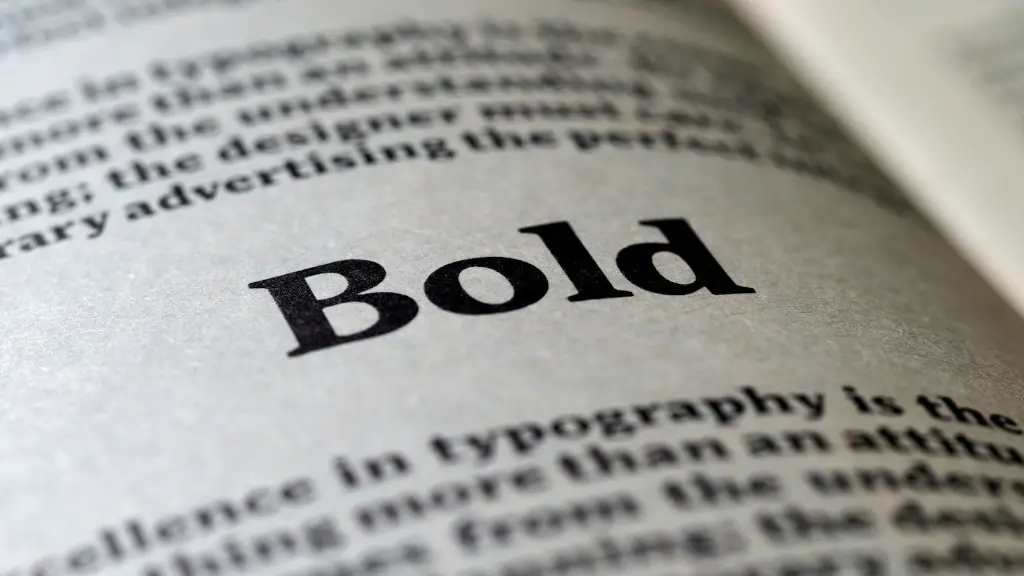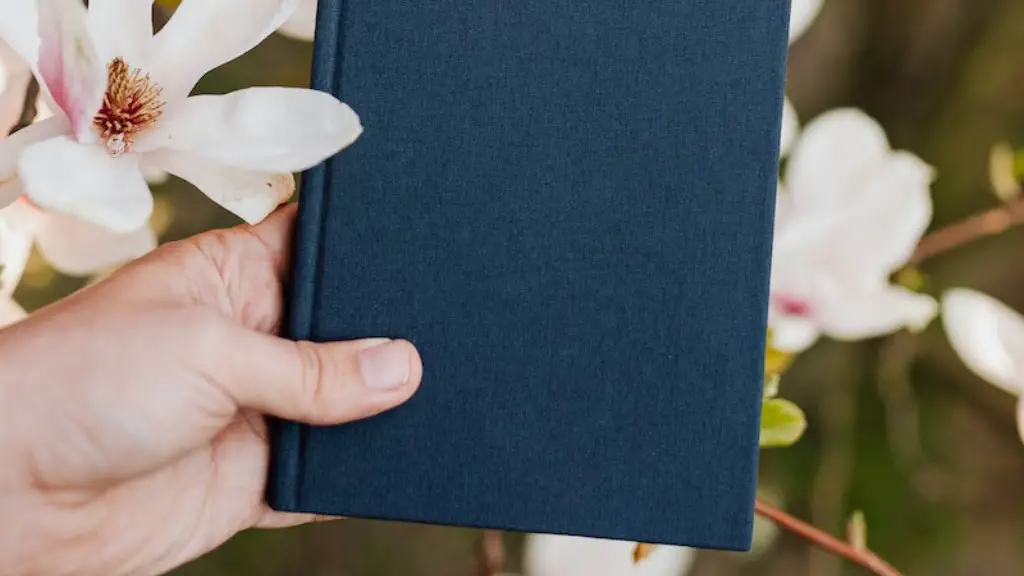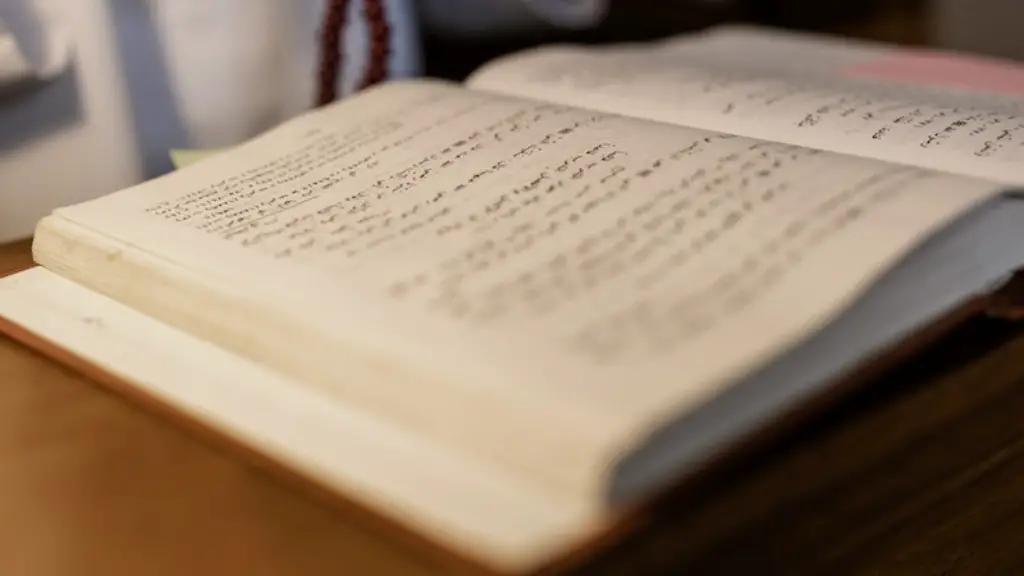Poetry has been a part of humanity for centuries. It’s seen in innumerable forms, from the earliest examples of writing known to us to the constant influx of new works being published every day. It is both beautiful and perplexing, capable of conjuring emotions and inspiring creative thinking. But do you really know what it means to know a poem?
The first step to getting to know a poem is to, of course, actually read it. Not just quickly glancing over the words, but taking the time to really study each line and internalize what it is saying. It’s important to pay attention to every word and note any patterns you may see- whether it be how the poet is formatting the lines, how they are varying the meter, or how they are using imagery and metaphor to tell a story. It’s also helpful to make connections between words, as this can often contribute to the overall meaning of the poem.
Once the poem has been read, the next step is to analyze it. This is where the reader has an opportunity to use their own interpretation of the piece to explore themes or think about what the poet could be communicating. Attention should be paid to the emotional impact of the words, as well as the form and sound of them. This can be a complex and difficult task- as authors of great poems often use symbolic language and idea to communicate. This is a critical part of the process, as understanding these underlying messages is the key to truly understanding a poem.
Though some may find the analysis of a poem daunting, it’s important to remember that it is ultimately up to the reader to interpret the piece in their own way. There are no right or wrong answers when it comes to understanding a poem, either the overall meaning or hidden messages. For example, two people may interpret the same poem differently, or have a different understanding of the same line- both interpretations are valid and can add to the enjoyment of the piece.
However, though the interpretation of the poem is ultimately up to the reader, there are a few tips and tricks that can help make the process easier. First and foremost, it’s important to remember that the overall meaning of a poem is just as important as its individual components. It can be helpful to consider how each line contributes to the bigger picture and to look for common themes that appear throughout the piece. It’s also a good idea to jot down any questions that come to mind while reading; this way, the reader can revisit them later. Finally, it may be beneficial to study the historical background of the author and the circumstances surrounding their work. This can often provide critical insight into what the poem actually means.
Explore Imagery
In a poem, imagery is a powerful tool that can help the reader gain insight into the author’s intentions. By closely examining words and descriptions, the reader can begin to build a picture in their head of the imagery the author is trying to convey. This is helpful in understanding the underlying themes of the poem, as the imagery can often act as clues or symbols that add meaning to the words. This way, the reader can begin to form their own opinions about the poem and what it is conveying.
Imagery can also often be related to the tone of the poem. Look for words with strong connotations that can provide insight into the mood of the work. Compare these words to the context of the piece, such as the setting and the narrator’s attitude. This gives the reader an idea of how the author wishes the poem to be experienced and the overall message they are trying to convey.
Lastly, imagery can often be used to highlight parallel and unexpected relationships. Compare how different images are used alongside one another and consider how the poet may be using them to draw attention to a certain idea or concept. This can often provide the reader with a deeper understanding of the message the author is attempting to communicate.
Consider the Form of the Poem
The form of a poem is an essential factor to consider when trying to fully understand it. This can range from the length of the lines, to the meter and the type of rhyme scheme being used. Consider why certain words may have been placed in certain positions; this can often provide further insight into the overall meaning of the piece and the idea the author is expressing.
Additionally, when analyzing the form of the poem, it’s important to consider the structure of the piece. Most poems can be broken down into smaller sections or “stanzas”, with each one containing its own distinct message. Take note of how the poet is utilizing different tropes, such as personification or alliteration, between each stanza and how the change in form may be affecting the progression of the poem. This can provide the reader with further insight into the author’s motives.
In conclusion, understanding a poem can be a complex process as it requires the reader to delve deep into the work. However, with patience and a willingness to learn, anyone can appreciate the beauty and poignancy of a poem.
Analyze the Poetic Devices
Poetic devices can be incredibly helpful when attempting to gain further insight into a poem. Devices such as metaphors, similes and personification can often reveal the true meaning of a piece or provide the reader with further context. Additionally, it can be useful to consider how each device is utilized and the purpose for which it was chosen. This can often provide further insight into the poem, as each device can provide a unique and creative way of expressing a thought or idea.
One of the key things to look for when analyzing a poem’s poetic devices is how they are used in conjunction with one another. For example, the poet may use a simile to describe a certain image and then a metaphor to explain its significance. Paying attention to this kind of detail can often provide the reader with a deeper understanding of the poem, as it shows the poet’s true intentions and creative thought processes.
Additionally, pay attention to the tone that the poet is utilizing with their devices. Are they being used to convey joy and optimism, or are they instead employed in order to express despair and sorrow? The tone of a poem can often be just as important as the words themselves and can provide the reader with further context into the poet’s mindset.
Compare and Contrast with Other Poems
When attempting to gain an understanding of a poem, it can be helpful to compare and contrast it with other works. Comparing two poems can provide the reader with a better understanding of the style and message of each one, as well as their similarities and differences. Additionally, it is important to consider why certain poets are grouping certain works together, as this can often give the reader further insight into the overall meaning of the poems.
Comparing poems from different time periods can also be incredibly revealing. This can provide the reader with a better understanding of the context from which the poems emerged and the social and cultural aspects that may have influenced them. Pay attention to any themes or motifs that link the works together and consider why the authors may have chosen to focus on these aspects.
Finally, when comparing two poems, it can be useful to consider the overall themes of each one. While one poem may express one overarching message, the other may be trying to communicate something entirely different. Pay attention to how each poem approaches the same subject and explore why the authors may have chosen to express themselves in such different ways.
Explore Contextual Information
In some cases, gaining an understanding of a poem can be made easier by looking into the context in which it was written. This can provide the reader with a more complete view of the piece and aid in understanding it better. Consider factors such as the culture of the time, the geographic location the poem was written in, and the views of the poet.
It can also be useful to research the author and their life. What were their experiences and beliefs? Why did they choose to write about certain topics? Understanding the author can often provide the reader with a better understanding of the poem itself, as this can provide insight into the message the author was attempting to convey.
In addition to researching the author, it can also be useful to look into the reception of the poem. What were people saying about it? How did it affect those who read it? This can often provide the reader with more insight into the poem, as the reactions of others can often give the reader further understanding of what the author was trying to say.
Learn the Historical/Cultural Significance
Sometimes, a poem may have an added significance due to the time and culture in which it was created. This is often due to the poem reflecting the views of the author or shedding light on certain aspects of the culture. When trying to gain an understanding of a poem, it can be helpful to research the period it was written in, the social and political context, if applicable, and the cultural trends that may have affected the author or their work.
In some cases, a poem may be tied to a larger historical event. This can provide the reader with further insight into both the background of the poem and the time period in which it was written. Additionally, researching this kind of information can help the reader form their own opinions and interpretations of the work.
Finally, researching the cultural significance of a poem can be an important part of the understanding process. This can often provide the reader with more context into the poem, as they are able to explore how the poet was influenced by the culture of their time. This can often shed light on the overall message of the poem, as the author’s surroundings may have had an effect on the themes they chose to explore.
